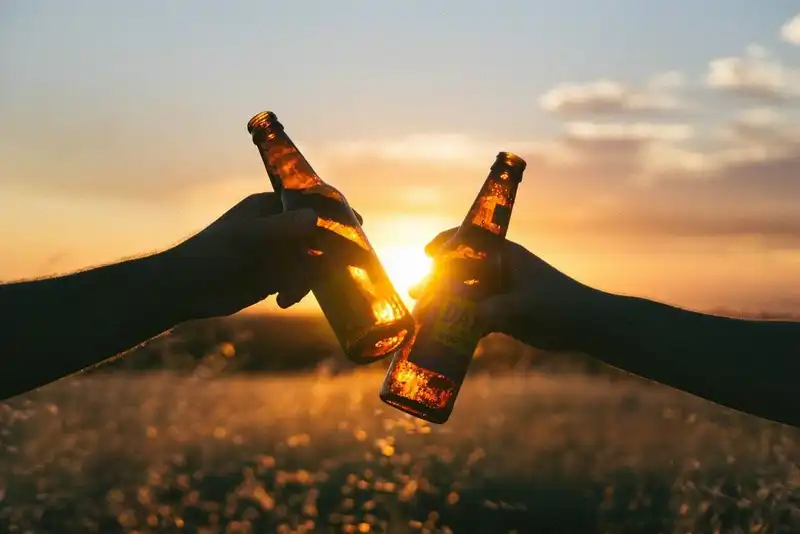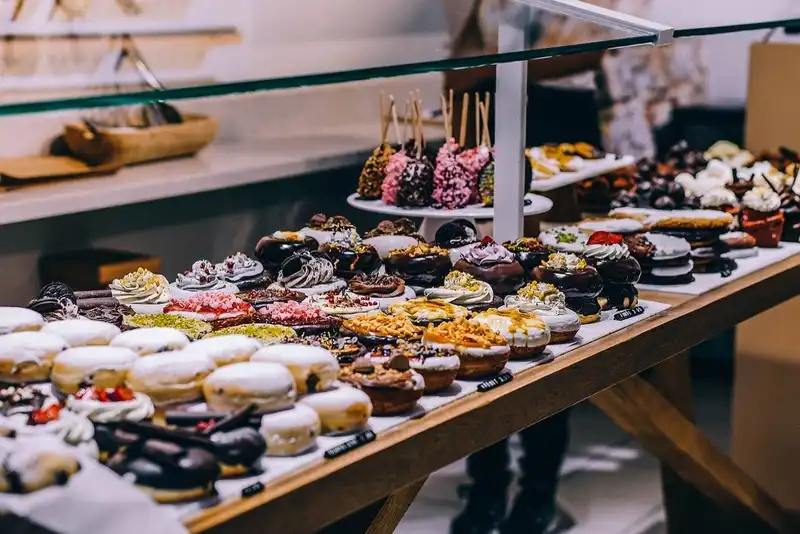How Goods and Services Impact Business

Meaning and Classification of Goods and Services

Anything used by society to satisfy a need is considered a product or commodity. These products are either goods or services.
- Goods are tangible material items used by society.
- Services are intangible, non-material things that have an effect on society though they can't be touched.
Classification of Goods and Services-
Goods and services can be classified into broad groups.
- Economic Goods
Goods that aren't man-made or of unlimited supply in nature are considered economic goods. This group can include vegetables, fruits, grains, minerals, fish etc. All economic goods are sold and purchased through markets.
- Economic Services
Services provided by doctors, lawyers, barbers, auto mechanics, and more fall under the category of economic services. These services are available widely in the marketplace.
- Consumer Goods and Capital Goods
Goods used for consumption are called consumer goods. Some examples include breads, jams and jellies, butter, fish, or eggs. Non-food items can also be considered as consumer goods as they are consumed in a different manner. This would be items like pens or gas. The goods which aren't directly used for consumption but are used in production are called capital goods. Examples would include raw materials, seeds, fertilizers, or tools and machines.
- Consumer Services and Producer Services
Consumer services are exactly what they sound like. They are services used by consumers to satisfy their wants. Producer services relate to the services used by producers to create goods and services. For example- a tailor stitches a pair of slacks for the groom in a wedding that's considered a consumer service. When that same tailor stitches garments to sell within a shop this is a producer service.
- Private Goods and Public Goods
Goods owned by private bodies are referred to as private goods. For example, a home or a care would be considered private goods. Goods owned by the public, government or society collectively are public goods. An example would be hospitals, bridges, highways, etc.
Classification of Goods and Services: Goods and services can be classified into broad groups.
Economic Goods
Economic Services
Private Goods and Public Goods
Consumer Goods and Capital Goods
Consumer Services and Producer Services
Examples of Goods and Services
Goods and services within businesses are the backbone of the market economy. Whether money is being exchanged for goods or service, it helps the economy keep running.
EXAMPLES OF GOODS
Goods are tangible items that can be purchased from different businesses. If a material item is in a grocery market, shopping center, farmer's market, or general store that's considered a good. The price of goods is determined by supply and demand. Businesses will price higher or lower depending on the demand of the product.
There are four varying types of goods in the marketplace. They include-
Private Goods
Private goods are referring to goods that require payment before consumers can use. A consumer buys private goods as a need to enhance their personal lives.
Examples of private goods are-
clothing
makeup
show tickets
automobiles
electronics
fruits & vegetables
dinner at a restaurant
coffee from a coffee shop
Common Goods
Common goods are found in nature and are non-excludable which means consumers can use them without pay. Overuse of common goods can diminish supply.
Examples of common goods include-
coal
park benches
freshwater
fish for fishing
wildlife to hunt
timber from trees
wildflowers to pick
Club Goods
Club goods involve a fee for use. They aren't material in nature so the supply can't be diminished.
Here are some examples of club goods-
country clubs
gym memberships
streaming services
insurance coverage
newspaper subscriptions
Public Goods
Public goods are available to every citizen. Each country has a different set of criteria for which goods are public. For example, healthcare is either considered a public good or a club good depending on the type of economy.
Examples of public goods include-
libraries
education
national defense
street lights
wildlife to view
nature to visit
mountains to climb
public beaches
Examples of Services
Unlike goods, services are non-material. The difference in goods and services is that goods are produced where services are performed. Services are grouped based on their sector. The three main services are- business, social and personal.
Business Services
When a service is performed by a business for a consumer it is considered a business service. No product is received but payment must continue or the service will stop.
Examples of business services-
banking
manufacturing
marketing
security
insurance
technology support
human resources
transportation
public relations
legal representation
Social Services
Social services are paid for by tax dollars or nonprofit organizations. They benefit society in many ways.
Examples of social services-
fire service
police
education
social work
food subsidies
foster care
animal welfare
Personal Services
Personal services are mostly made up of business-to-customer services. Customers pay for services from a business entity which is intangible in nature and isn't usually consistent. Once a service is complete, the transaction is finished until the next time the service is needed. A visit to a doctor would be a good example of personal services.
Personal services include-
haircuts
pedicures
legal advice
surgery
doctor's visits
babysitting
house cleaning
therapy sessions
food delivery
Types of Goods and Services: Varying types of goods and services include-
Private Goods
Common Goods
Club Goods
Public Goods
Examples of Services
Business Services
Social Services
Personal Services
Concluding Goods and Services

- Anything used by society to satisfy a need is a good or service.
- Goods are tangible material items used by society. Services are non-material things that impact society though they aren't tangible.
- The price of goods and services is determined by consumer demand.
- Types of goods- private, common, club, public; examples of services- business, social, personal